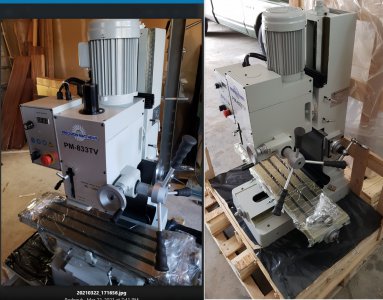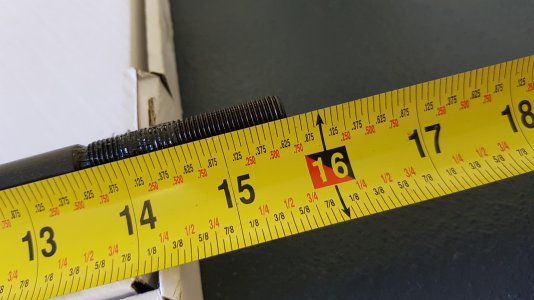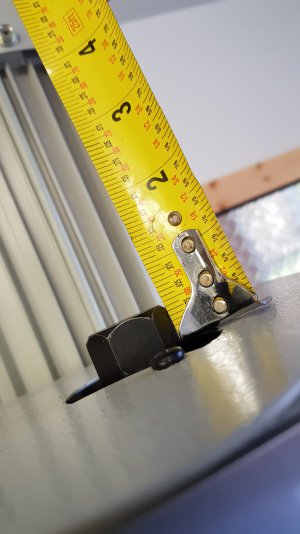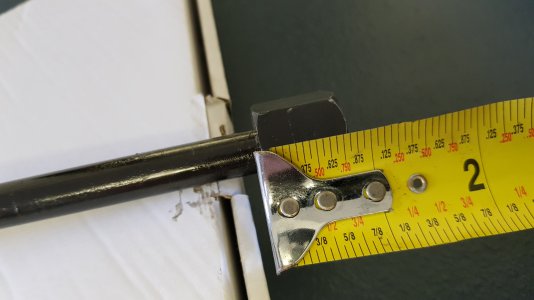Sorry if I sent you on a wild goose chase, but the term is TTS not TSS. TTS is the Tormach Tool System - it was invented by Tormach and is essentially a quick-change tool holding system. It facilitates use of an automatic tool changer and also makes it possible for any specific tool to register to the same dimensional stick-out from the spindle when the tool is mounted. With this system a TTS collet is installed in the spindle - it's R8 at the back end, and has a precision cylindrical hole at the other. Each tool (end mill, drill chuck, saw arbor, face mill, whatever) is installed into a dedicated TTS compatiable tool holder that fits into the cylindrical hole in the TTS collet. When the drawbar is pulled up, the collet squeezes around the outside of the tool holder and also pulls the tool holder up to register consistently in the vertical direction. With this setup, tools can be changed by simply pushing down on the TTS collet, freeing the tool holder, rather than having to completely unwind the drawbar threads in the R8 collet or R8 arbor.
This is the TTS R8 collet. It's mounted in the conventional manner with a drawbar threading into the end. But it can be set up in a manner that a power drawbar only has to push down on the collet about 1/4" to release the tool.
Here are typical tool holders - end mill and drill chuck arbor:
Ultimately you end up with all your mill tools mounted in dedicated TTS tool holders like this:
A power drawbar for this system does not have to rotate the drawbar - it only needs to push down on it. So a TTS PDB is typically built using Bellville washer as the high tension springs that keep the collet pullled up and closed on the TTS tool holder until an actuator (typically pneumatic) pushes down on the drawbar to release the tool.
A conventional R8 power drawbar is typically built using the guts of a pneumatic impact wrench to unscrew the drawbar completely from whatever tool is currently in the spindle. The Maxi TorqueRite system is one commercially available system that functions in this manner, but there are others (Kurt makes one) and a lot of people build their own.
The TTS system is quicker to use, but the force holding the tool in the collet is limited by the strength of the springs pulling up on the collet. In aggressive milling operations, some users have experienced tool slippage or even tool pull-out with the TTS system. Still many owners of mills in the 833 class of machine use the TTS system successfully. I use another style system called the Royal EasyChange system that doesn't require any type of power drawbar, but that's another subject completely.
Here are some resources that might help wrapping your head around all this.
This video gives a good overview of a TTS power drawbar build.
Priest Tools makes after-market TTS power drawbar system.
Here's an example of someone adapting the Priest to an 833.
This video goes over a typical impact wrench implementation of an R8 PDB.
Here is another R8 PDB implementation.
Of all the R8 PDB DIY implementations I've seen,
this design is what I would copy if I made my own (skip to 34.40 in the timeline).
Hope this helps.




